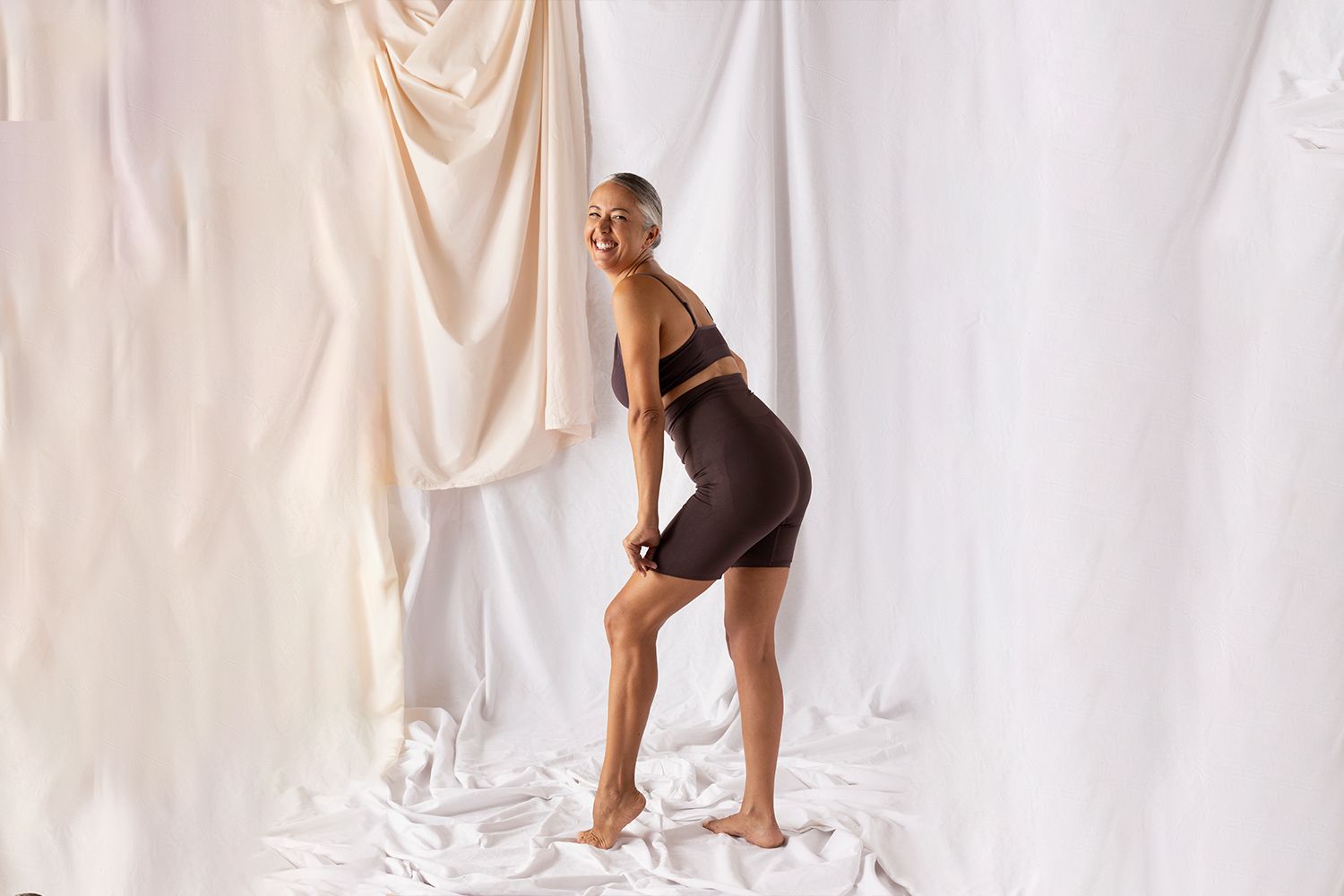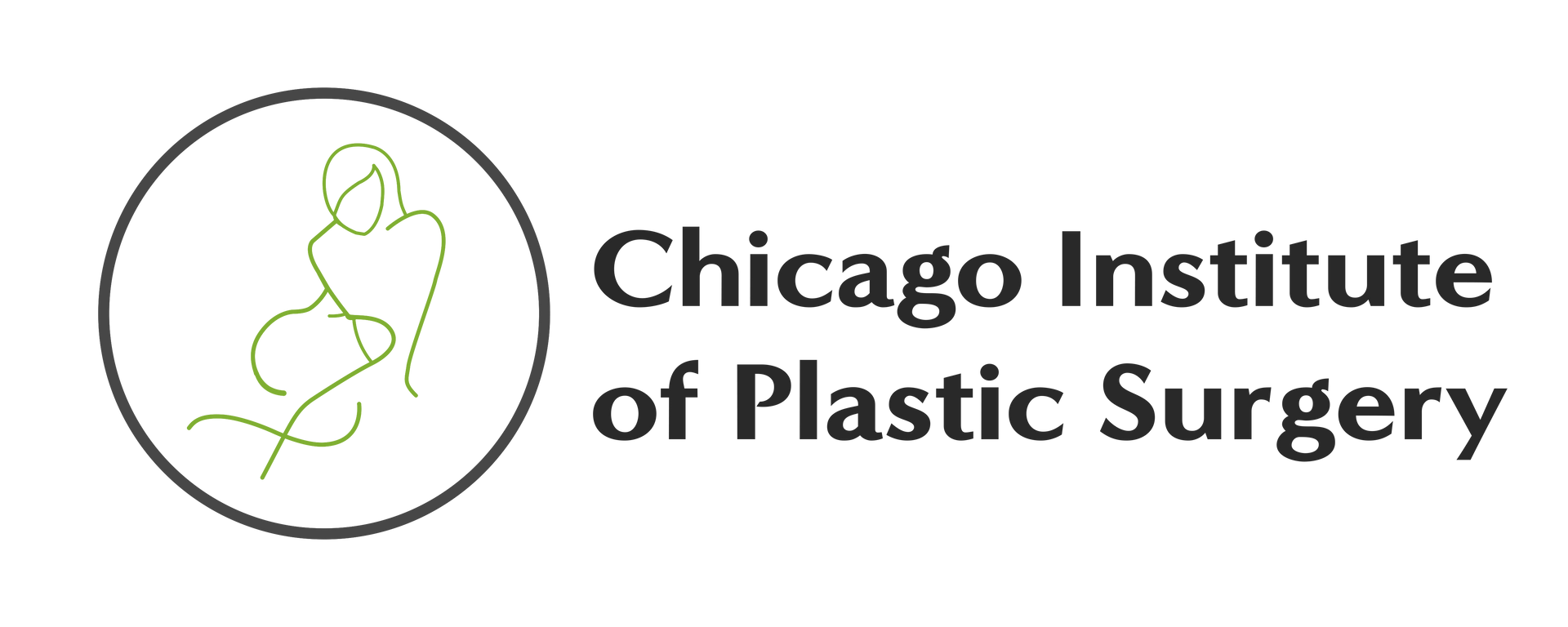What You Need to Know While Considering a Brow Lift for a Youthful Appearance?
- By Nirav Patel
- •
- 19 Jul, 2022
- •
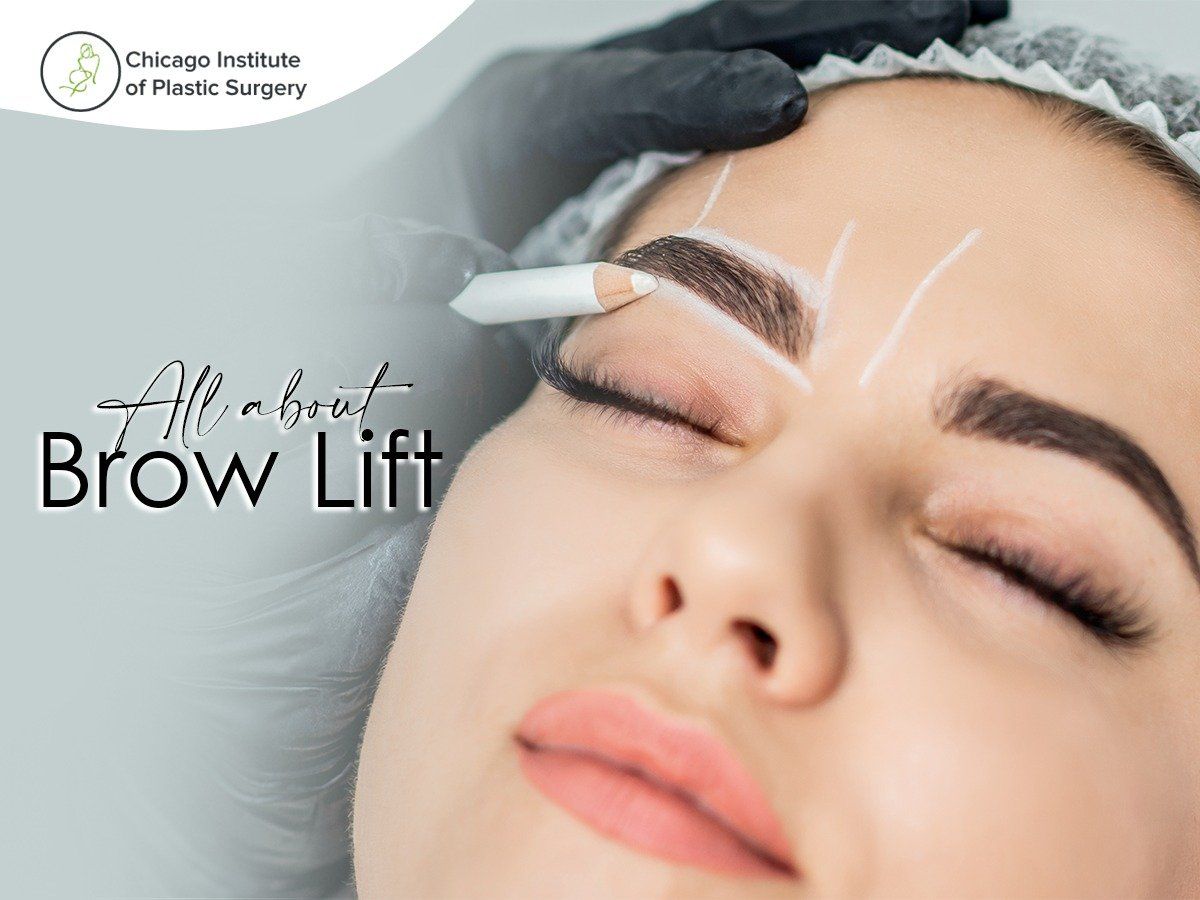
With ages and pollution, wrinkles may develop on your face, especially your brow and forehead. You may have "frown lines" between your brows that give you a serious or angry appearance, the outer part of your brow may droop and give you a melancholy appearance, and you may appear particularly exhausted due to drooping eyebrows and eyelids. An operation to elevate your brows may be the best option for you if you want to look younger, happier, and more awake. Read on to learn more about the procedure, or contact the best Brow Lift Surgeons- Dr. Dhaval at CI Plastic Surgery Centre in Chicago to schedule a consultation.
Brow lift - Definition
The brows can be raised cosmetically through a treatment called a brow lift, sometimes referred to as a forehead lift or forehead rejuvenation. A brow lift improves the appearance of the forehead, the brow, and the area around the eyes by raising the skin and soft tissue of the area.
If you have a low, sagging brow or asymmetry in your brows, you might decide to have a brow lift. Your self-confidence might also increase after a brow lift.
A brow lift can be performed on its own or in conjunction with other facial operations like a facelift or eyelid surgery (blepharoplasty).
Are you a good candidate for this surgery?
The brows typically descend as we age. The space between the brows and eyelashes shrinks as skin and soft tissues become less elastic. Not everyone has an attractive and effective brow lift. A brow lift can elevate the eyebrows and provide the patient a more youthful, attractive appearance. If your low or drooping brow is causing your upper eyelids to droop, you might want to think about getting a brow lift. If you meet the requirements listed below, you may be ready to have brow lift surgery.
● Physically healthy
● Non smoker
● You have realistic goals about your looks.
Types of brow lift procedure?
The classic lift, endoscopic lift, and restricted incision are the three techniques for lifting the forehead and brow areas.
● The classic lift, also known as an "open brow lift" or "coronal lift," involves making a single, continuous incision over the top of the head from ear to ear. The physician might advise having the incision go along the frontal hairline to treat a high forehead. You might need to clip your hair if it is longer and will interfere with the treatment. If you have shorter hair, you might want to let it grow out to hide any scars. Describe everything to your surgeon.
● The surgeon creates a few smaller incisions on the scalp during the endoscopic lift. He or she uses a gadget inserted in a different incision to make the necessary adjustments while inserting a scope (a tiny tube coupled to a camera) into one of the incisions to observe the tissues and muscles on a screen. In this treatment, the tissue will be fixed beneath the scalp with either a temporary or permanent stitch or anchor. For many years, these anchors will keep the tissue under control. The surgery is less invasive because of the tiny incisions. There won't be much scarring, and healing time will be shortened.
● The restricted incision method combines the other two kinds. A scope is not used, rather smaller incisions are done instead. The operation lessens crow's feet, which are creases around the corners of your eyes, but does not change the centre of your forehead.
How do I prepare for this surgery?
You will initially discuss a brow lift with a facial plastic surgeon or plastic surgeon. During your initial consultation, your surgeon will probably:
● Examine your medical background. Be ready to discuss your present and previous medical issues in detail. Discuss any medications you are now taking or have recently taken, as well as any recent or past operations. If you have a pharmaceutical allergy, let your doctor know.
● Examine your health. The doctor will evaluate and measure various areas of your face with your eyes open and closed in order to decide on your treatment options. Additionally, the doctor may take pictures for your medical file.
● Talk about your objectives. Describe your reasons for wanting a brow lift and your expectations for your appearance following the treatment. Make sure you are aware of both the advantages and risks.
You may also need to give up smoking prior to a brow lift.
● Smoking might delay healing because it reduces blood flow to the skin. If you smoke, your doctor may advise you to give up smoking prior to surgery and throughout the healing process.
● Steer clear of some drugs. Aspirin, anti-inflammatory medications, and herbal supplements need to be avoided because they can worsen bleeding.
● Plan for assistance during rehabilitation. Plan for someone to pick you up from the hospital and accompany you home for at least the first night as you recover.
What should I do after the procedure?
Your forehead may be gently bandaged following brow or forehead lift surgery to reduce swelling. To drain any extra blood or fluid, a tiny tube may be positioned along the incision site.
● You'll receive detailed instructions from your doctor on how to take care of your incisions. Following a brow lift, you should rest with your head elevated and take painkillers as prescribed by your doctor.
● Cold compresses should be used to reduce edema.
● Do not subject your incisions to too much pressure or movements.
You can suffer numbness and itching as your wounds heal, but these side effects should fade with time. Your doctor will probably take off the bandages from your wounds in one to three days if they are still there. Normally, stitches are removed seven to ten days after surgery.
When it is safe to resume regular activities like bathing and washing and drying your hair, consult your doctor. Remember that swelling could persist for several weeks.
Over time, incision marks will disappear. Makeup might help you hide any persistent bruises.
If any of the following occur after a brow lift, call your doctor right away:
● Shortness of breath
● Chest pain
● Irregular heartbeats
Side Effects
Several side effects associated with brow lifts include:
● Scarring. After a brow lift, scarring might be seen.
● Skin feeling changes. The forehead or top of the scalp may experience transient or permanent numbness after a brow lift.
● Asymmetry in the brows' location. One or both eyebrows may appear overly high as a result of an asymmetrical brow lift. Asymmetry, though, might become more balanced during the healing process. Additional surgery can be used to fix abnormalities with brow position or form that persist.
● Hair issues. An raised hairline or hair loss at the incision site might result from a brow lift. Scar excision or hair grafting are two options for treatment if hair loss is persistent.
A brow lift carries the same risks of bleeding, infection, and bad anaesthetic reaction as any other major surgery.
Final Result
A brow lift can make your face look younger by lifting the skin and soft tissue of your forehead and brow. Remember that brow lift results won't remain indefinitely. Your facial skin may start to droop once more as you become older.
CI Plastic Surgery Clinic in Chicago will be your choice if you are looking for a Brow Lift in Chicago, Barrington, Oak Brook, Orland Park, St Charles, Naperville, Schaumburg, and Elgin. Dr. Dhaval Patel will assist you in finding the most effective strategy to accomplish your objectives.

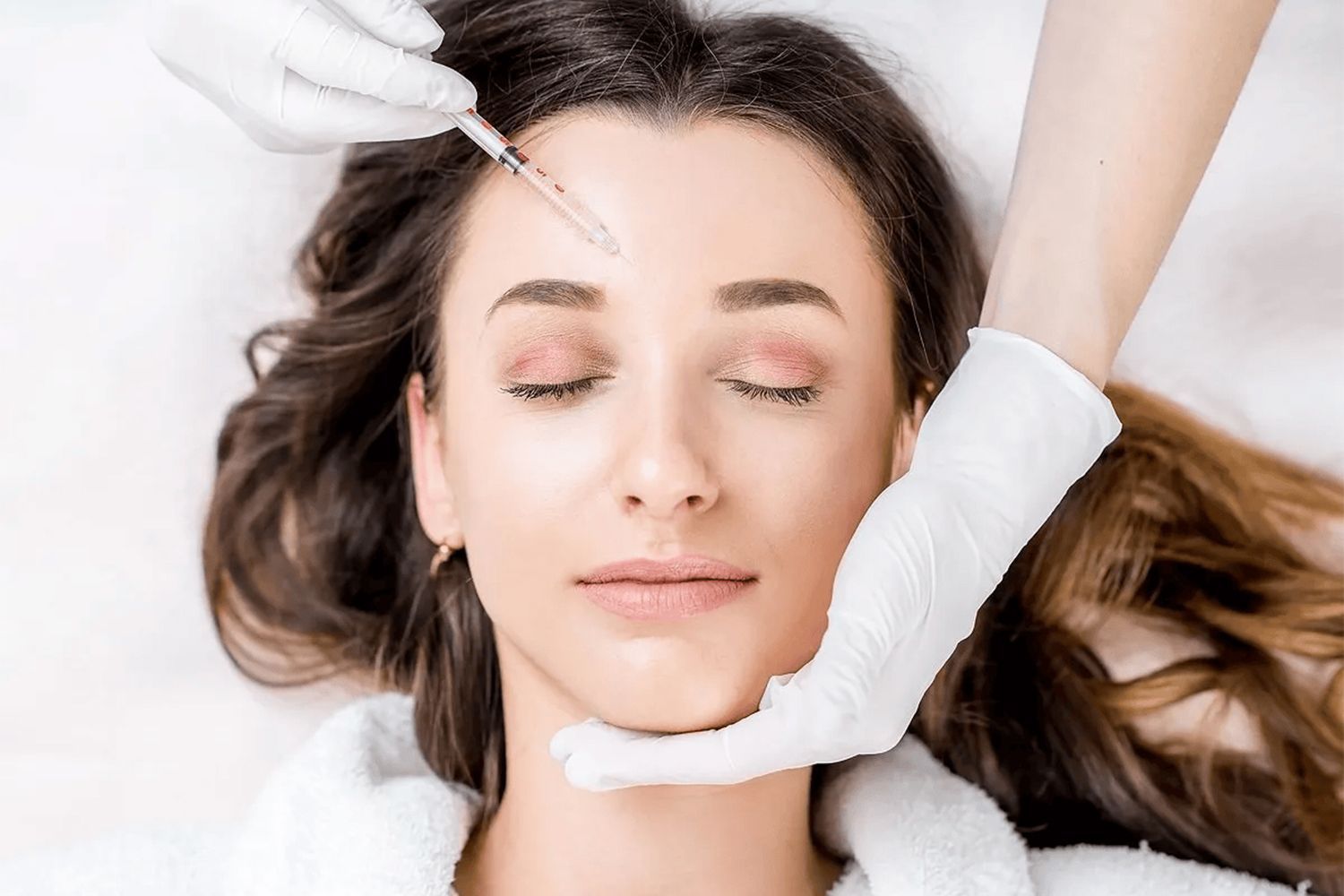
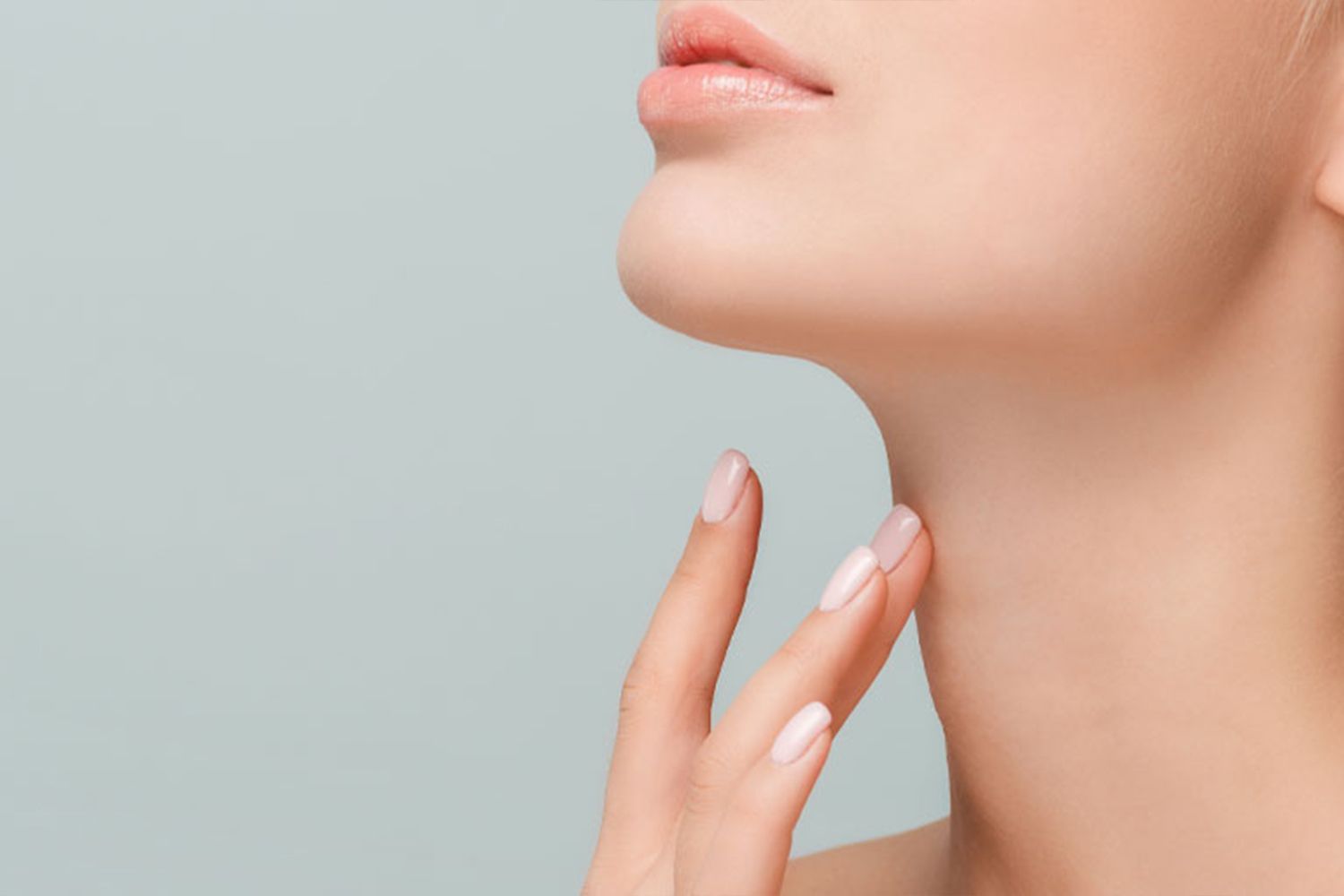
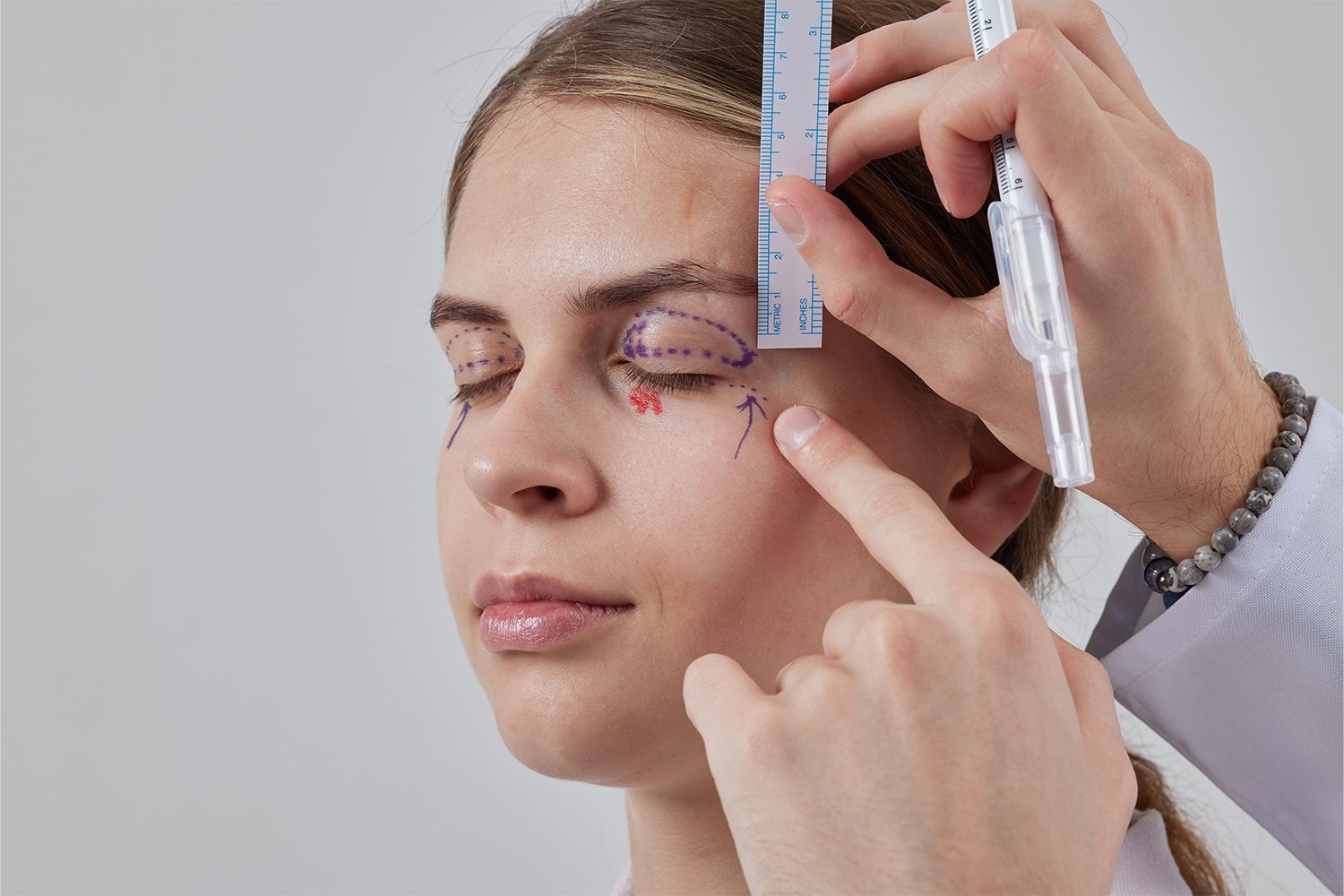
journey doesn't end there. From meticulous pre-surgery preparations to diligent post-operative care, there's a roadmap that leads to successful results and long-term satisfaction. But what are the key considerations that could make or break your eyelid surgery experience in the Windy City?

desired outcome. Each option offers distinct benefits, but the choice ultimately depends on various factors unique to your situation. Let's explore the key considerations to guide you towards selecting the most suitable procedure for your individual needs.
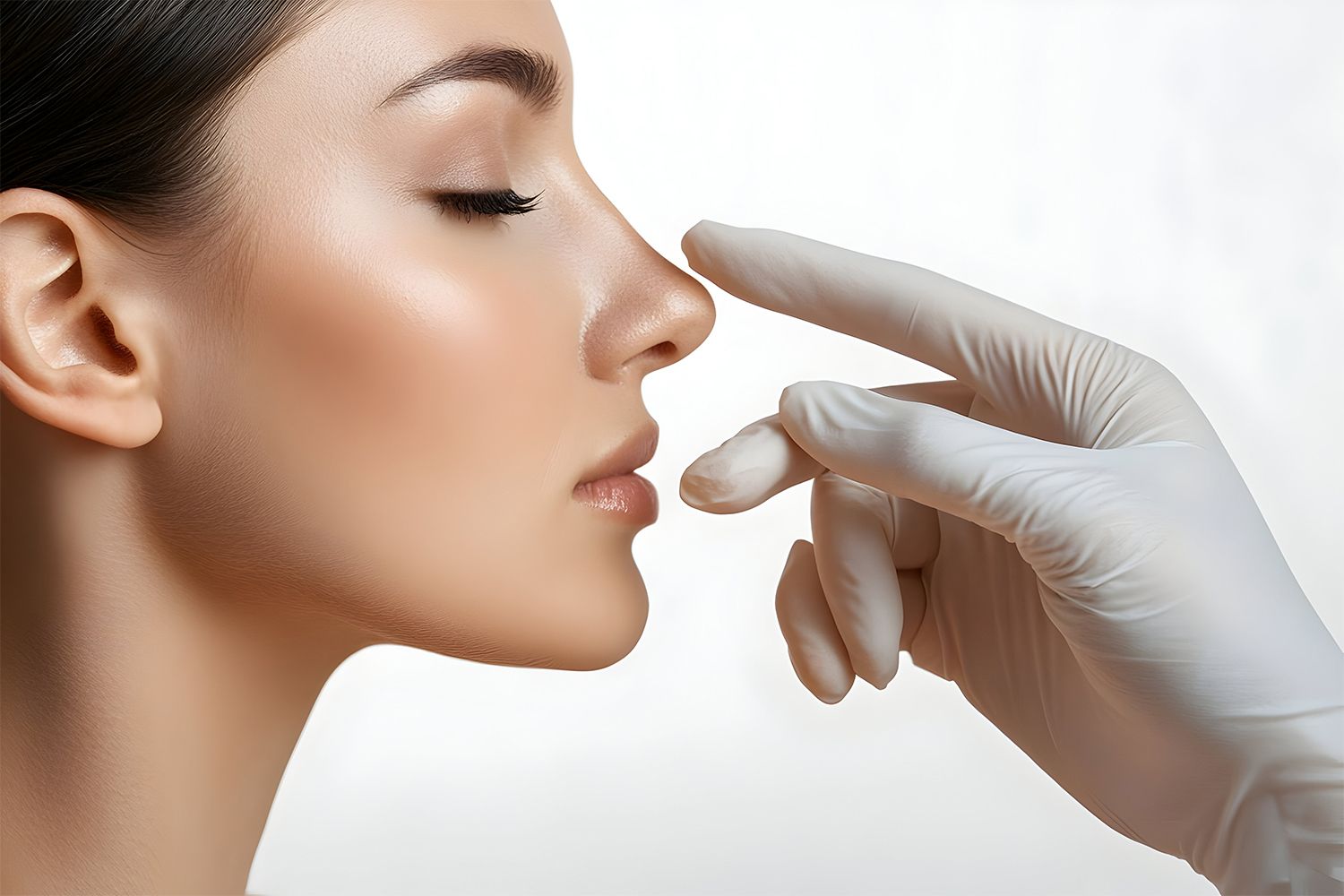
plays a vital role in your post-operative experience. By incorporating these strategies into your routine, you can pave the way for a successful and comfortable healing journey.

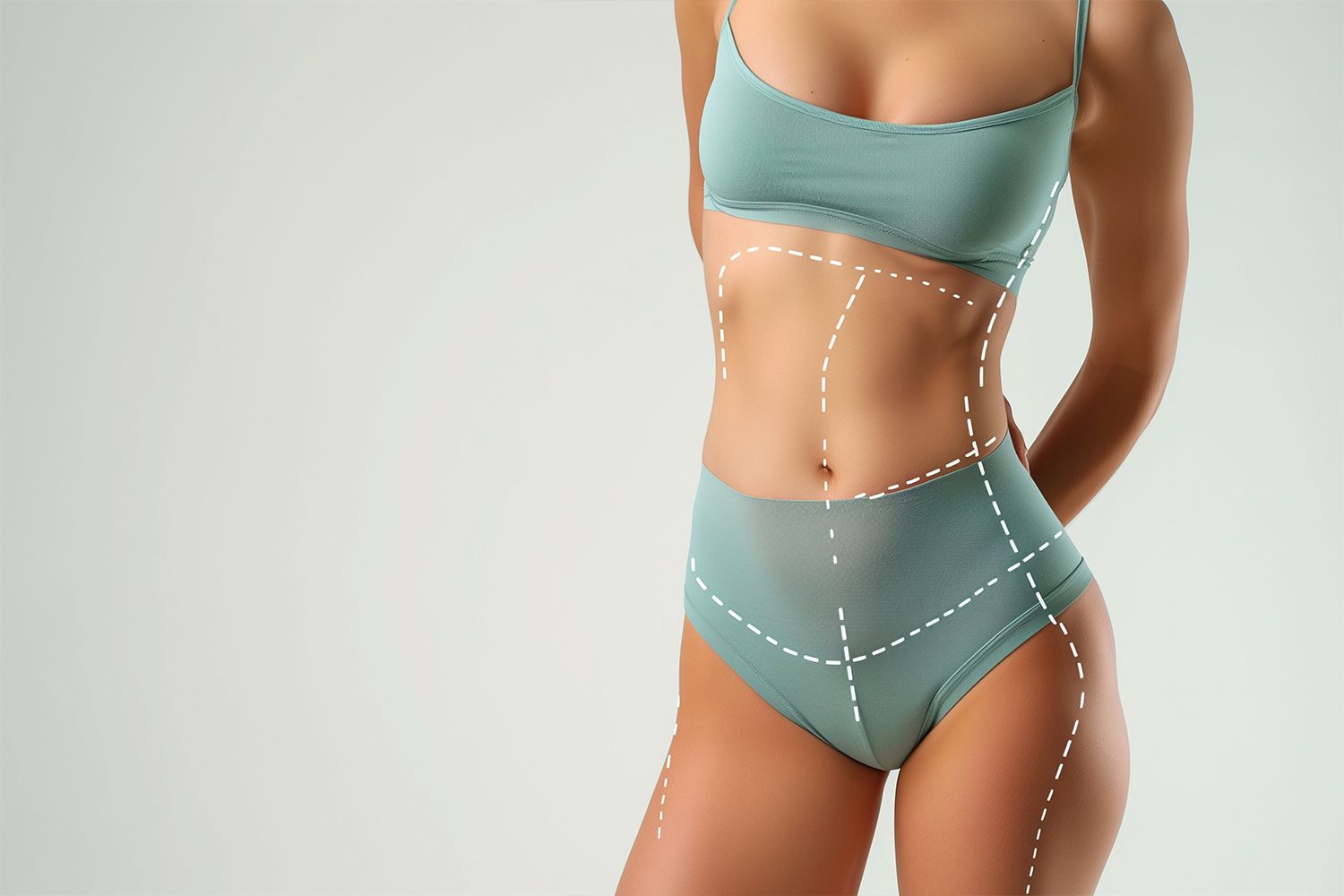
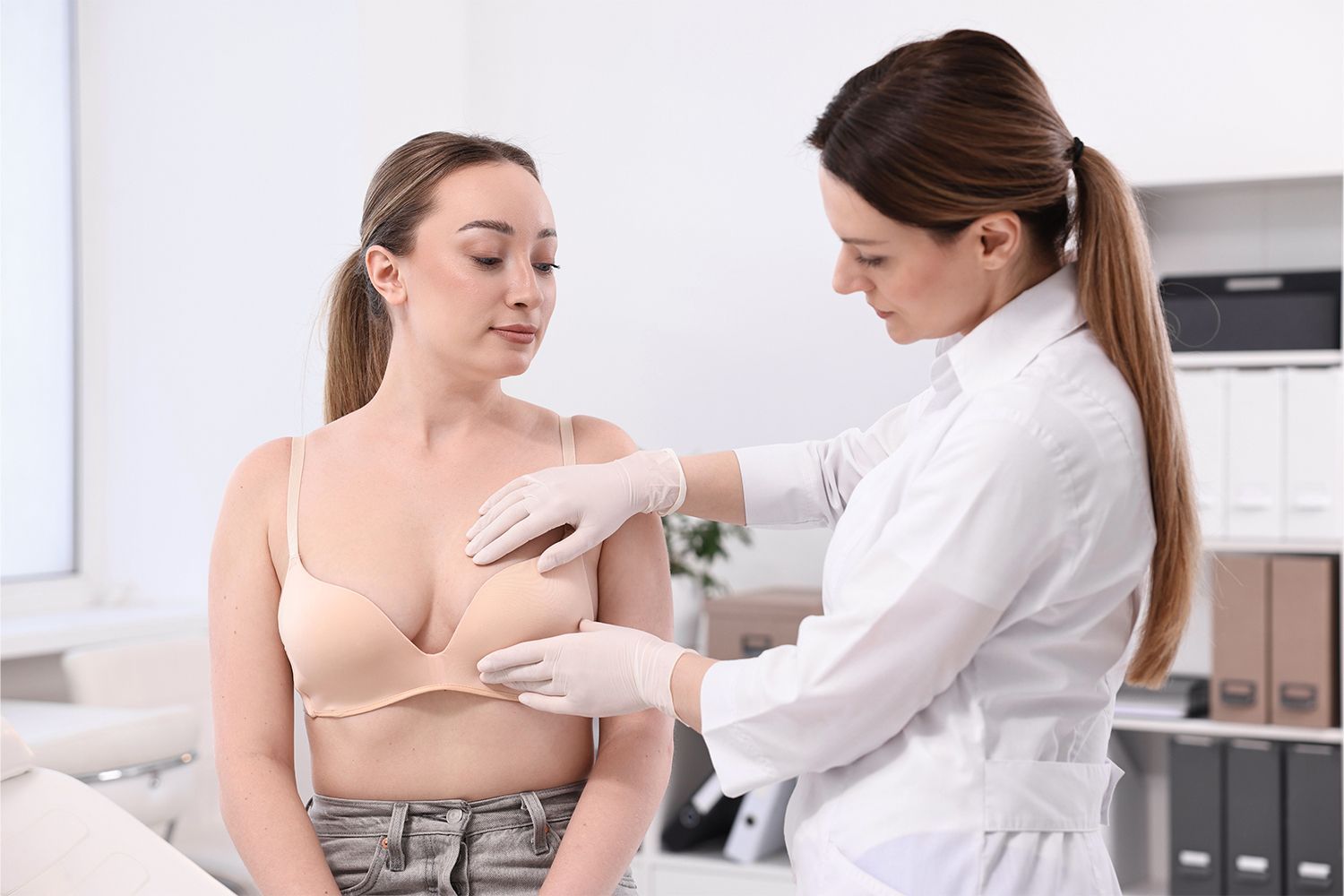
one piece of the puzzle. So, before jumping to conclusions, it's essential to understand the nuances involved in this intriguing discussion. Let's explore the complex relationship between breast size and sagging to unravel the truth behind this common assumption.
